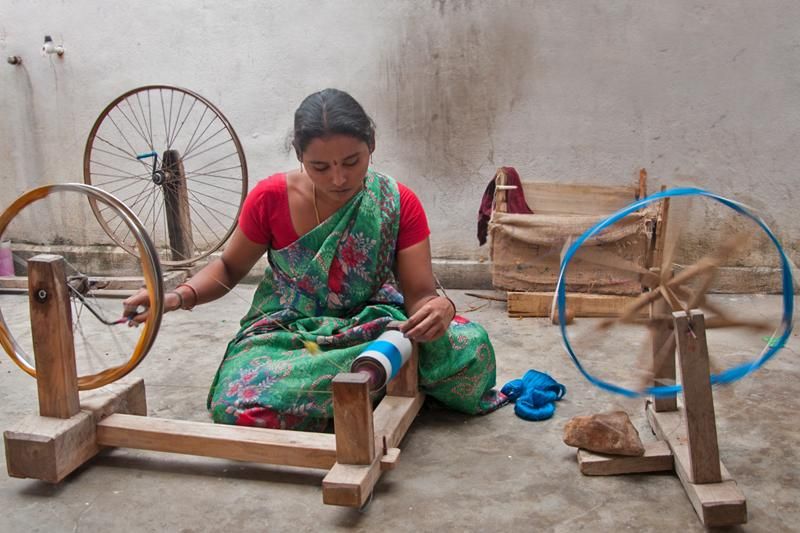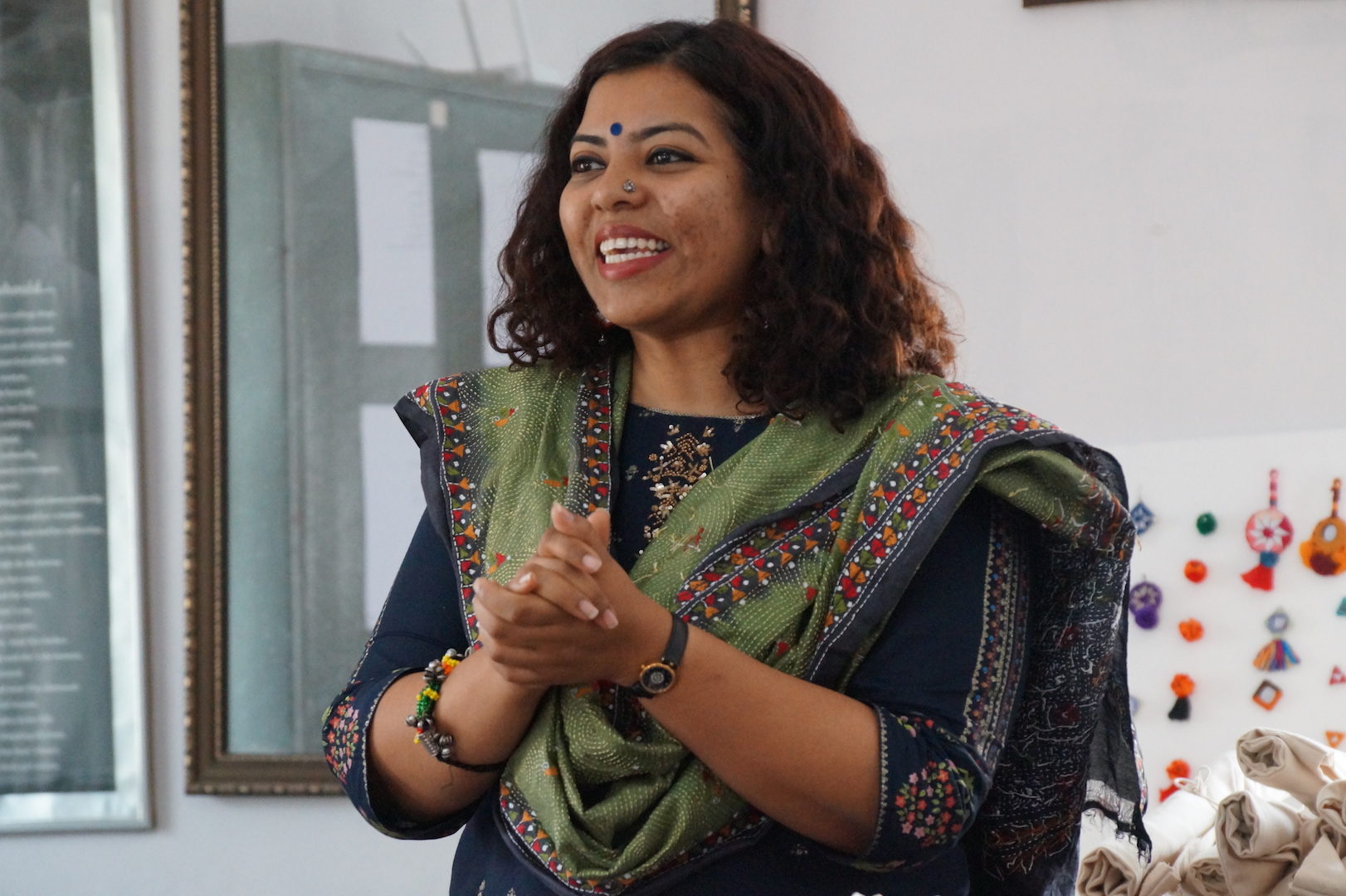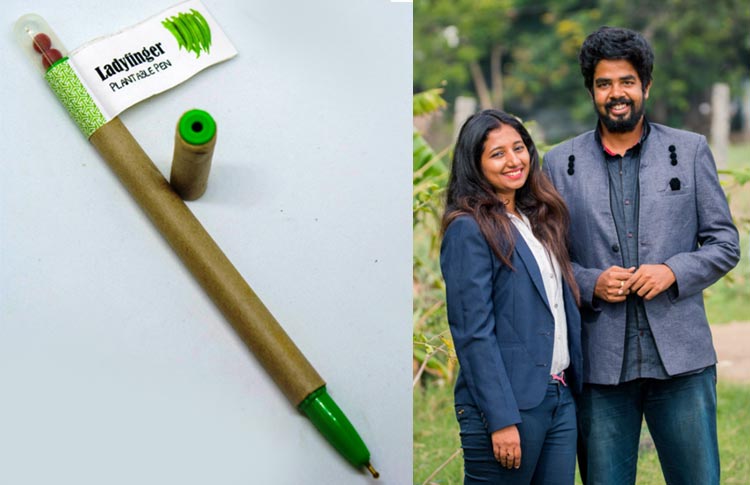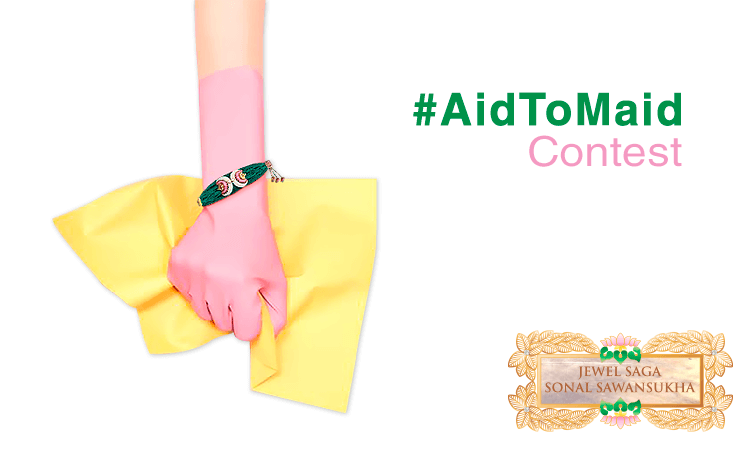Janaki Lenon On Cohabiting With Wildlife, Her Husband, And Other Animals
- IWB Post
- January 30, 2019

In the last couple of decades, a lot of conversation has developed around environment and wildlife conservation. Thankfully, a certain faction of humanity has finally woken up from the long hedonistic slumber and has started thinking of things beyond itself.
However, how meaningful is the entire narrative when it takes place from the safe distance of cities and by those who rarely come face to face with the wildlife that they talk about conserving and suggest cohabiting with?
Wildlife and conservation activist Janaki Lenon posited the same question in a recent JLF session titled “My Husband and Other Animals,” a question that she has also raised in her book with the same title.
She said at the very beginning of the session, “It is kind of easy to live in a city and say “save tiger,” “gave gharial” but it’s really the people who live in villages and right outside these forests who really make these decisions whether they want to live with those creatures or not. And unless people in cities understand that connection it’s very hard to protect. I mean it’s very important to understand why you want to protect what you are protecting.”
These were exactly the premises on which Janaki started her academic work on environment and wildlife. “So I started from that premise. I have always seen myself as an outsider. I have used my experience to take the reader to the world of animals hoping they would see the connection and then join on the dots to the conservation.”
Janaki, through her books, has been trying to change people’s hearts and minds about matters pertaining to wildlife. She has used examples and stories from her own life towards the same end. Her latest book, My Husband and Other Animals, gives us a sneak peek of the life at their paddy farm in Chennai, which Janaki along with her husband Rom Whitaker has managed to reforest over the years.
Her Husband also shared his journey as an environmentalist and wildlife enthusiast during the session. He along with his team worked towards instilling a love for wildlife among the people who often come face to face with the same.
He shared how it all started for him, “I got really worried about the king cobra when I learned that 80% of the Western Ghat forests had been trashed. I went to a place called Agumbe, its got the highest rainfall in South India and thus has a lot of snakes. The first time I went there to find King Cobra for the Madras snake park was way back in 1971 and within 24 hours I had found two which left me totally amazed. The people there were very calm about having them around.”
The incident taught him a valuable lesson in wildlife conversation i.e. sensitizing the locals is the only way any concrete advancements can be made towards conservation. He soon started working with an organisation to spread awareness and there came a time when people would give them calls and say, “There is a king cobra around but we are not really scared. We’d give you a call if it gets inside the house. So that’s how the tolerance started growing.”
But in a place full of people and potentially large dangerous animals, can the two actually live peacefully together? As per Janaki, it is certainly possible.
She says, “What India has done for the last 40 years is borrow a conservation model from the West which is declaring exclusive wildlife areas and protecting them and people can use the rest of the area. There are lots of people living their lives with wild animals without grudging them. It’s amazing but we don’t really celebrate that and I really feel that we should do that much more to spread awareness about the same.”
Janaki and Rom say it all with beaming confidence because they have done the same and thus know that it works. In fact, the two have lived with a leopard who’d often frequent their estate at one point in time.
Janaki shared the same story with the audience as well, “Rom and I live south of Chennai. We bought some rice field lands and reforested it. It was 10 years after we moved there that one of our dogs went missing and we thought someone had stolen it. Two weeks later my mother saw an animal on a hill and overlooking our place and she said, “The ears aren’t so sharp, the nose isn’t so long. What could it be?” Rom whispered to me, ‘a leopard.'”
She added, “I really wanted that leopard to be caught and moved somewhere else. I didn’t want to live with that leopard, I didn’t want the other dogs to be in danger. It was at that time that Rom said to me, ‘If we can’t live with a leopard, who’s going to live with a leopard?’ It made sense to me, the task now was to alert the villagers about the presence of a leopard and you won’t believe how easily they understood. Despite the fact that they had children who were at constant danger and the leopard would often attack their cattle. While we had just lost a pet, their livestock was at stake and yet they accepted it really nonchalantly.”
That was the moment that made Janaki think, “If they can live with it why can’t I?” That indeed became a turning point for her as a wildlife conservationist.
As for Rom, ask him if he was scared of the wild animal and he’s sure to say, “I am not scared of animals, I am scared of humans.”
- 0
- 0












